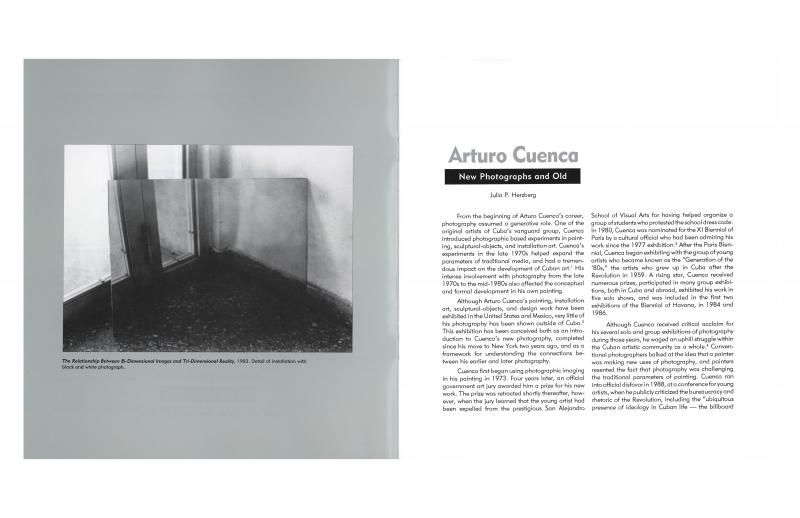Julia P. Herzberg is an art historian, independent curator, and Fulbright Senior Specialist living in New York. She completed her PhD in art history at the Graduate Center, City University of New York, in 1998, with a dissertation on Cuban artist Ana Mendieta. She is a specialist of Latin American artists living in the United States, and has curated more than twenty-five exhibitions. Herzberg was a co-curator of The Decade Show (1990), held in New York at the Museum of Contemporary Hispanic Art, the New Museum, and the Studio Museum in Harlem, and she was the curator of the official U.S. representation for the III Bienal Internacional de Pintura in Cuenca, Ecuador (1991). In addition to serving as a consulting curator at El Museo del Barrio in New York (1996–2001), she was a consulting curator for the 2003, 2006, and 2009 Bienales de La Habana, and she is a contributing and consulting editor for Arte al día Internacional. Herzberg has taught, lectured, and published extensively in the United States and abroad and received two J. William Fulbright Scholarship Board awards: one at the Pontificia Universidad Católica (2007) and another at the Universidad Diego Portales (2013), both in Santiago, Chile, and also served as a visiting professor at the Instituto de Arte, Pontificia Universidad Católica de Valparaíso, Chile (2016).
Arturo Cuenca (b. 1955, Holguín, Cuba) is a contemporary Cuban artist based in New York. He is involved primarily in photography, but has also worked in painting, sculpture, and installation. This essay appears in the exhibition catalogue on the artist’s photography between 1983 and 1993, held at INTAR Latin American Gallery, in New York (November 22–December 31, 1993). At the time, very little of Cuenca’s photography had been exhibited outside Cuba; the show was thus an introduction to his then-recent photographic works made after his arrival to New York in 1991.
This catalogue essay was written just two years after Cuenca arrived in New York, and gives insight into his practice at a critical juncture in his career. It reveals the midcareer trajectory of one of several “Generation of the ’80s” artists and intellectuals forced into political exile during this period, but who also eventually prompted the Cuban government to change its policies. [As complementary reading, see the English version of the text in the ICAA Digital Archive: “Arturo Cuenca. New Photographs and Old” (doc. no. 1343706) by Julia P. Herzberg.]

